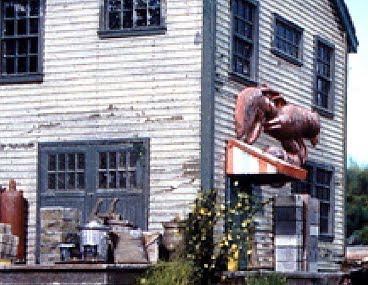
EASY SCENERY from start to finish
My latest DVD is 103 minutes and 23 chapters long. The price is $29.95 plus $4.95 shipping. Available now from my web site.
Learn how to build great looking scenery from start to finish. Using simple tools and materials I show you how to start with cardboard strips, plaster cloth and carved foam to build your base; add rocks and paint them; build a realistic waterway; make trees and finish with scenic details to create scenery for your layout. Doug Foscale and Hal Reynolds add their expertise to demonstrate carving plaster rocks and making bottle-brush trees. This DVD is packed with tips and ideas to help you build better looking scenery. Great for beginners and experts alike.
The 23 chapters include:
Building Mountains
Making rocks - two ways
Ballasting track - the easy way
Coloring rail
Cutting an shaping foam scenery
Painting rocks - two different ways
Modeling water
Adding scenic texture
Building a dirt road
Making weed trees
Making twisted wire trees
And, putting it all together
As a disclaimer I must say that some of the topics included in Building Landforms part 1 & 2 are also included in this DVD. Only in Easy Scenery I use different products, colors and methods to achieve similar results. Easy Scenery takes you to the end of the scenery building process - finished scenery.
Most of the tools and materials used in Easy Scenery can be obtained from Micro Mark.



































